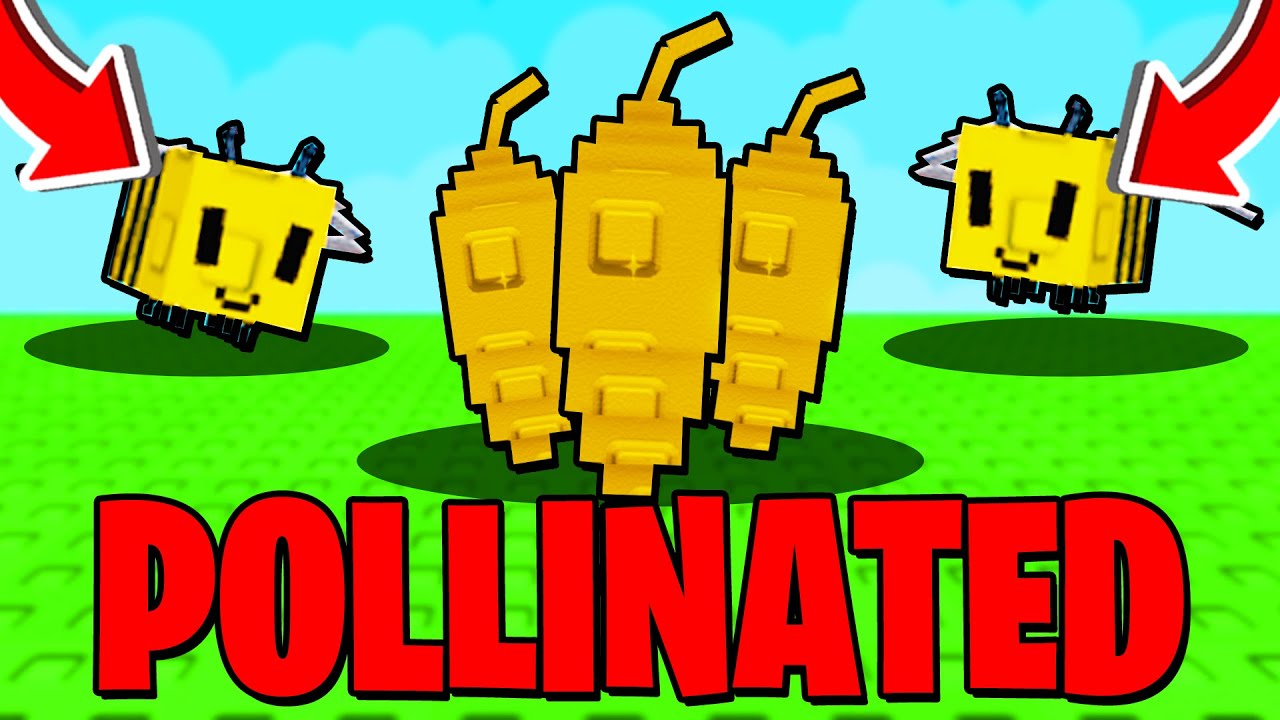- > Fastest Way to Get Trading Tokens in Grow a Garden: Best F2P, Flips & RAP Pricing
- > Grow A Garden Golden Piggy Guide: How To Get Golden Piggy Fast
- > Grow A Garden New Christmas Update Leaks: Everything We Know So Far
- > How to Get Coal in Grow a Garden's Smithing Event
- > Grow A Garden Smithing Event Guide: Crafting, New Pets, Coal Farming
- > Java Banana Value in Grow a Garden: Everything You Need to Know
How to Get Pollinated Plants in Grow a Garden
If you’ve been grinding hours in Grow a Garden, you already know how vital pollinated plants are for long-term progression. Whether you’re trying to expand your garden, unlock new hybrids, or simply get that rare plant flex in front of your friends, pollination is the key mechanic that separates casual growers from the pros.
I’ve been playing Grow a Garden since its early updates, and I’ve tested just about every way to increase pollinated plant yield. In this guide, I’ll break down the most effective methods to secure pollinated plants, plus share a few tricks that even veteran gardeners sometimes overlook. And if you’re running low on seeds, I’d suggest checking out PVPBank, where you can buy Grow a Garden seeds to keep your progress flowing without unnecessary downtime.
Why Pollinated Plants Matter
Pollinated plants in Grow a Garden aren’t just a side mechanic — they’re the core of growth and progression. These plants:
-
Produce higher-quality resources.
-
Unlock new hybrids and rare breeds.
-
Provide a stronger return on energy and time investment.
-
Play a role in many limited-time events.
If you ignore pollination, you’re basically leaving progression on the table.
How Pollination Works in Grow a Garden
At its simplest, pollination in Grow a Garden is about pairing the right plants together and making sure environmental conditions are on point. Here are the main mechanics:
-
Plant Pairing – Certain plants have natural synergies that increase pollination success rates.
-
Bees and Pollinators – Using in-game pollinators like bees dramatically boosts efficiency.
-
Timing – Some plants pollinate better at specific growth stages, so harvesting too early can ruin your chances.
-
Rarity Factor – Higher-tier seeds have better pollination potential.
Once you understand these systems, you can move from random luck to controlled farming.
Step-by-Step: How to Get Pollinated Plants
1. Choose Compatible Plant Pairs
Not every plant combination works. Check your garden’s codex and experiment with known pairings that have high pollination success. For example, some flower types have cross-breeding bonuses when planted adjacent.
2. Use Bees and Insects Strategically
Bees aren’t just cosmetic — they’re the backbone of the pollination process. Deploy them in areas with your highest value crops. The more pollinators buzzing around, the greater your yield of pollinated plants.
3. Optimize Garden Layout
Spacing matters. Cluster plants that are known to pollinate together while leaving enough room for pollinators to move freely. A cluttered garden can actually lower your rates.
4. Track Growth Stages
Pollination success spikes when plants hit maturity. Don’t harvest too soon. Wait until the pollination cycle completes, otherwise you’ll lose out on premium pollinated variants.
5. Invest in Higher-Quality Seeds
This is where grinding or trading comes into play. Rare seeds often carry better genetic bonuses, leading to stronger pollination results.
Farming Strategies for Consistent Pollination
-
Rotation Farming – Rotate plants weekly to keep a fresh mix of pollination opportunities.
-
Hybrid Prioritization – Focus on plants that unlock rare hybrids first.
-
Seasonal Boosts – Participate in events, since many seasonal plants have boosted pollination chances.
Pro tip: Stack these strategies together for compounding gains.
Common Mistakes to Avoid
-
Harvesting too early – Patience pays off.
-
Ignoring pollinators – Bees are worth every resource investment.
-
Poor garden layout – Chaos lowers efficiency.
-
Overlooking rarity – Common seeds pollinate, but rare seeds are where the big gains are.
Long-Term Benefits of Mastering Pollination
Getting pollinated plants consistently changes your entire Grow a Garden experience. You’ll unlock:
-
Access to late-game hybrid plants.
-
Better resource generation for crafting and trading.
-
More flexibility in seasonal events.
-
A serious edge over players who treat pollination as an afterthought.
Final Thoughts
Learning how to get pollinated plants in Grow a Garden takes time, but once you nail the basics — plant pairings, pollinators, and proper timing — you’ll see your garden thrive. It’s one of those systems where effort scales exponentially.
If you’re serious about maximizing your garden and don’t want to waste hours waiting for random drops, remember that PVPBank is a reliable option to buy Grow a Garden seeds and speed things up. That way, you can focus more on strategy and less on grinding.
Pollinated plants aren’t just a mechanic — they’re the lifeblood of progression. Master it, and you’ll never look at your garden the same way again.

